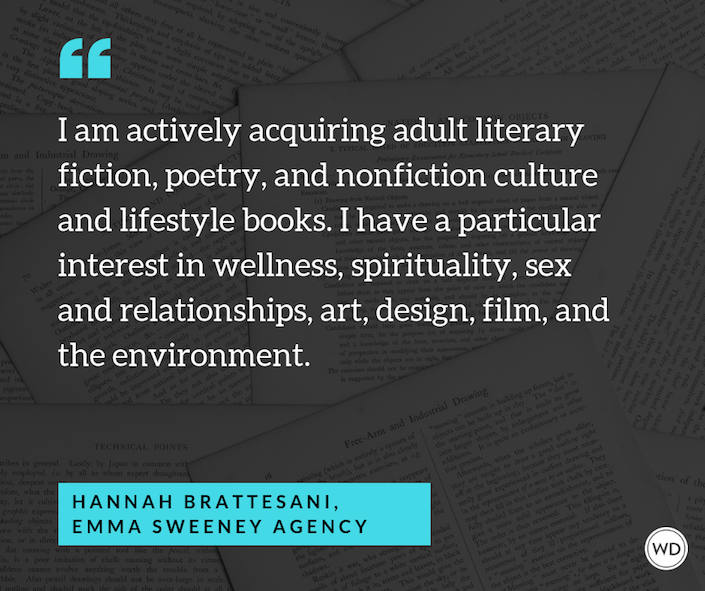E-Mail Newsletter Dos and Don’ts
Follow this newsletter etiquette from readers, writers and marketing folks to keep your audience tuning in instead of tuning out.
Most authors think creating an e-mail newsletter is a no-brainer on the online marketing plan checklist. Truthfully, few of us are so fascinating that we should be writing newsletters about ourselves. There’s a fine line between letting readers know you have a new book out and inundating them with self-aggrandizing information about its shelf life—or, worse, about the fact that you moved houses, changed your baby’s diapers or were nominated for a prize. Readers want a good read, period. They don’t necessarily want 500 words on why you didn’t deserve that bad review in the newspaper.
By sending out self-congratulatory or self-indulgent newsletters, you run the risk of doing the opposite of what you set out to do. It’s possible to annoy and alienate those precious readers you’re attempting to cultivate. So before you start an e-newsletter, subscribe to a few popular author newsletters and read them, taking notes about what you like and what you don’t. Then, if you honestly think you’re a good candidate for success in this format, follow this newsletter etiquette I’ve culled from readers, writers and marketing folks.
1. DON’T send out a newsletter just to send out a newsletter. One newsletter a year that is really interesting is more beneficial than 12 that are boring. If you write two or three boring newsletters in a row, your readers will start to think you write boring books.
2. DO send out a newsletter when you have a new book out, or are going on tour. Also list relevant event dates and notifications of contests you are running.
3. DO send out a newsletter if you come up with a great concept that isn’t about you. The subject matter of my novels these days is reincarnation, so I created reincarnationist.org, a nonfiction presence online—complete with an e-newsletter—to get people interested to come and visit. While they’re there, they find out about the book. If you’ve written a cookbook of recipes for kids with allergies, you can offer a newsletter (ideally in conjunction with a website or blog) with free recipes, other tips from your book and related articles from guest authors. Aim for a regular frequency, whether it’s daily, weekly or monthly. If it becomes really valuable, you can eventually charge for the newsletter—and even sell ads in it.
4. DON’T add people to your subscriber list just because they once wrote you a note. Or once answered a note you wrote to them. Don’t put your address book into your newsletter database. Let your readers sign up. Believe me, if I have not signed up for your newsletter but I did once answer a note you wrote me about my agent’s availability to look at your novel, I know what’s what when I suddenly get your newsletter. And contrary to some counterintuitive thinking, if you send me your newsletter without me asking, I might just be so annoyed that I will go out of my way to avoid your book. The goal is not to have 20,000 arbitrary names on your newsletter list—99 percent of whom will delete it without even opening it—but rather to have 3,000 dedicated fans who will rush out to buy the new book the second they read that it’s available.
5. DON’T assume you’re smarter than the rest of us and should take it upon yourself to educate us. Unless, of course, you are sure that your knowledge is welcome. I know one writer who has been subscribing authors without their permission and sending out what she thinks are helpful advice sheets, but they come off as if she’s a know-it-all. She thinks she’s marketing herself and her work. All she’s really doing is turning readers off.
This article appeared in the May/June issue of Writer's Digest.Click here to order your copy in print. If you prefer a digital download of the issue, click here.








